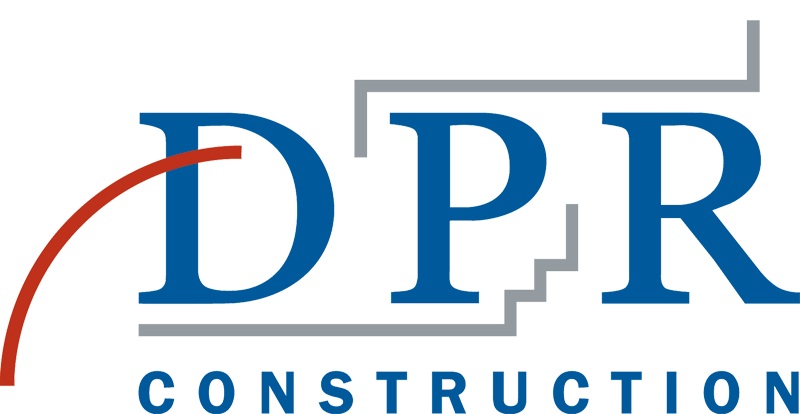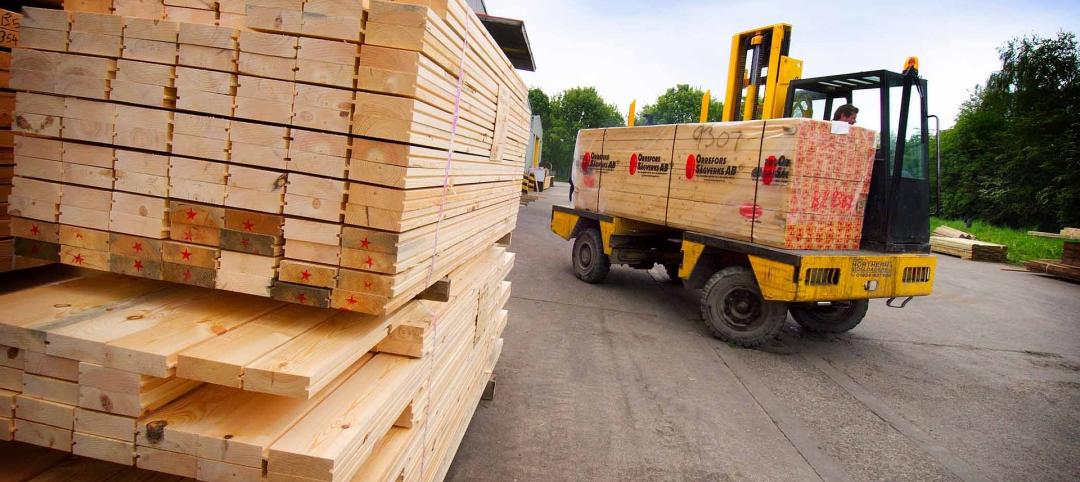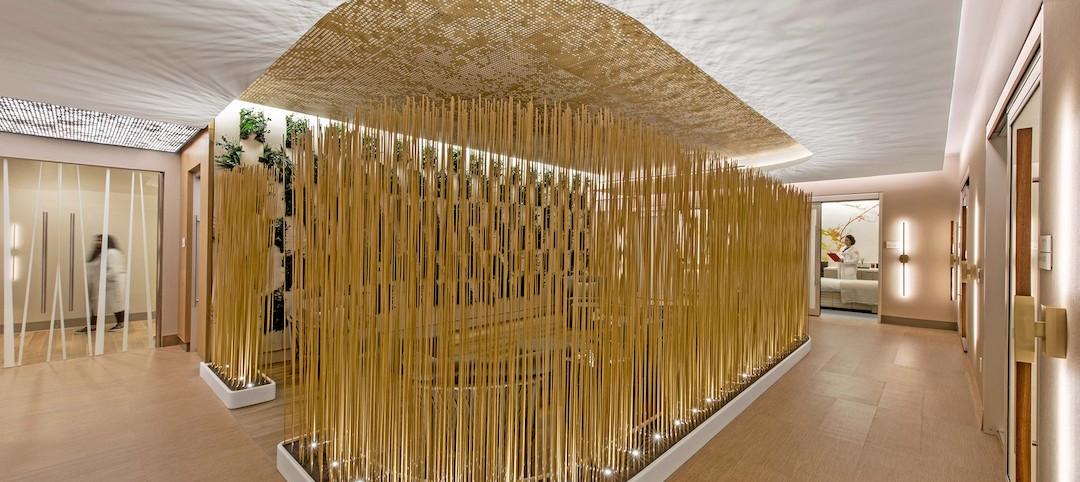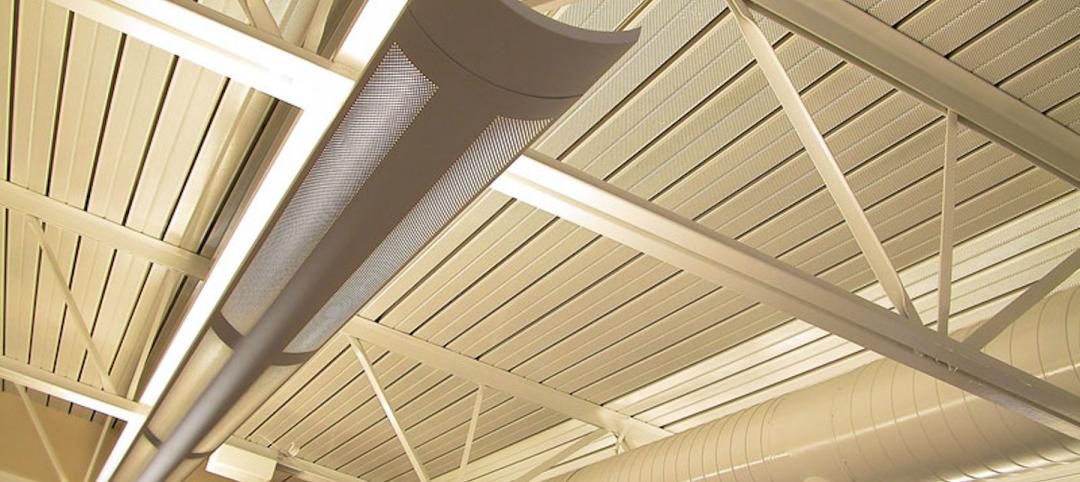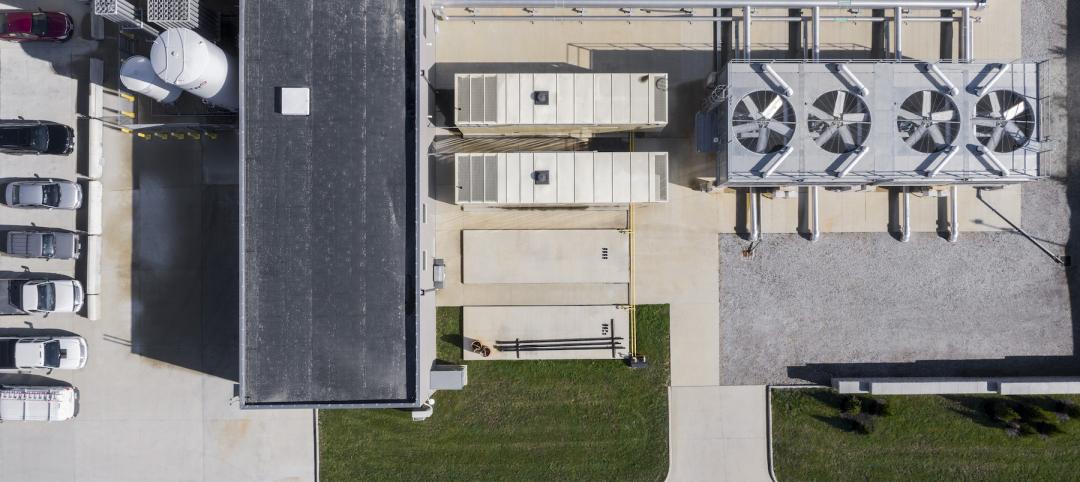DPR Construction, a national builder specializing in complex and sustainable projects, announced today its purchase of Atlanta-based Hardin Construction Company, LLC. The two companies are combining operations in the Southeast and Texas markets, including Atlanta, Austin, Houston, Raleigh, Tampa, Orlando and West Palm Beach. The combined company will operate nationally as DPR Construction, with the exception of Atlanta where it will operate as DPR Hardin Construction.
“We’re excited to add such a great company of builders to our organization. We’ve always had tremendous respect for Hardin and share a common approach to business, particularly our commitment to customers, our people and core company values,” said Doug Woods, co-founder and president of DPR. “Together, we are even stronger, particularly in the Southeast, a geography that offers significant growth potential.
“Hardin is a good fit for DPR. We share ideals and beliefs, we are both active in the communities in which we operate, and, most of all, we both care a great deal about our people and moving the industry forward,” said Brantley Barrow, who has served as Chairman of Hardin since 1979 and, along with retiring President, Bill Pinto, will assume supporting roles throughout the Southeast.
Russ Brockelbank, an Atlanta-native and a 15-plus-year Hardin veteran, will continue to be responsible for day-to-day Atlanta operations for DPR Hardin Construction. “We’re excited about what this deal means for our customers and employees. Now, our presence is stronger, our roots run even deeper, and our experience is unmatched in the marketplace.”
The newly-combined company will have seven offices and more than 500 professional staff and craft employees throughout the Southeast and Texas, with a projected 2013 revenue exceeding $800 million. Operating as a “local builder with national capabilities,” DPR will have 18 offices nationally, with nearly 3,000 professional staff and craft employees and a projected 2013 revenue of $2.8 billion. The company will continue to focus on its core markets and building complex and sustainable projects.
Both companies are privately held and terms of the agreement will not be disclosed. Hardin projects currently under construction will be completed as Hardin Construction, including joint venture projects.
About DPR Construction
DPR Construction is a forward-thinking national general contractor and construction manager specializing in technically complex and sustainable projects for the advanced technology/mission critical, life sciences, healthcare, higher education and corporate office markets. Founded in 1990, DPR is a privately held, employee-owned company that has grown to a multi-billion-dollar organization with 18 offices around the country, including Atlanta, Austin, Texas, Denver, Houston, Newport Beach, Calif., Orlando, Fla., Pasadena, Calif., Phoenix, Raleigh, N.C., Redwood City, Calif., Richmond, Va., Sacramento, Calif., San Diego, San Francisco, San Jose, Calif., Tampa, Fla., Washington D.C. and West Palm Beach, Fla. It is currently ranked No. 15 on FORTUNE’s “100 Best Companies to Work For” list (2013). For more information, visit http://www.dpr.com.
Related Stories
Products and Materials | Feb 14, 2022
How building owners and developers can get ahead of the next supply chain disaster
Global supply chain interruptions that started at the very beginning of the pandemic are still with us and compounding every step of the way. Below are a few proven tips on how to avert some of the costly fallout should we be faced with similar commercial disasters at any time in the future.
Healthcare Facilities | Feb 10, 2022
Respite for the weary healthcare worker
The pandemic has shined a light on the severe occupational stress facing healthcare workers. Creating restorative hospital environments can ease their feelings of anxiety and burnout while improving their ability to care for patients.
Sponsored | BD+C University Course | Jan 30, 2022
Optimized steel deck design
This course provides an overview of structural steel deck design and the ways to improve building performance and to reduce total-project costs.
Laboratories | Jan 28, 2022
3 must-know strategies for developers in today’s life sciences industry
While the life sciences industry had been steadily growing, this growth exploded when the pandemic arrived—and there is no indication that this lightning-fast pace will slow down any time soon.
M/E/P Systems | Jan 27, 2022
Top 5 building HVAC system problems and how to fix them
When your HVAC system was new, it was designed to keep the indoor environment comfortable, functional, and safe. Over time, that system can drift out of alignment, leading to wasted resources, excessive energy consumption, and reduced occupant comfort.
Cultural Facilities | Jan 27, 2022
Growth in content providers creates new demand for soundstage facilities
Relativity Architects' Partner Tima Bell discusses how the explosion in content providers has outpaced the availability of TV and film production soundstages in North America and Europe.
Market Data | Jan 26, 2022
2022 construction forecast: Healthcare, retail, industrial sectors to lead ‘healthy rebound’ for nonresidential construction
A panel of construction industry economists forecasts 5.4 percent growth for the nonresidential building sector in 2022, and a 6.1 percent bump in 2023.
Sponsored | Steel Buildings | Jan 25, 2022
Structural Game Changer: Winning solution for curved-wall gymnasium design
Sponsored | Steel Buildings | Jan 25, 2022
Multifamily + Hospitality: Benefits of building in long-span composite floor systems
Long-span composite floor systems provide unique advantages in the construction of multi-family and hospitality facilities. This introductory course explains what composite deck is, how it works, what typical composite deck profiles look like and provides guidelines for using composite floor systems. This is a nano unit course.
Sponsored | Reconstruction & Renovation | Jan 25, 2022
Concrete buildings: Effective solutions for restorations and major repairs
Architectural concrete as we know it today was invented in the 19th century. It reached new heights in the U.S. after World War II when mid-century modernism was in vogue, following in the footsteps of a European aesthetic that expressed structure and permanent surfaces through this exposed material. Concrete was treated as a monolithic miracle, waterproof and structurally and visually versatile.


